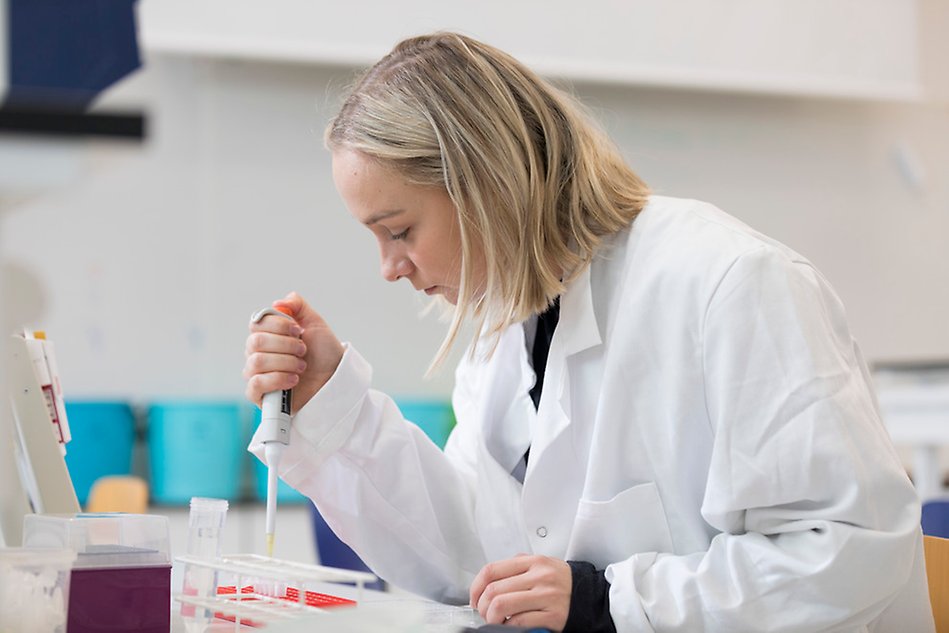Exercise Biomedicine research Group
The Exercise Biomedicine research Group (ExBiG) at Halmstad University conducts research and education on the effects of physical activity on the body's cells, tissues and systems in athletes, exercisers and people with illness.
Education in biomedicine
Biomedicine – Exercise Physiology
As a biomedical scientist specialising in exercise physiology, you will approach human health from a scientific perspective. This programme is unique in Sweden. You will study how the body works from cell to movement, what happens during different health problems and how a more active life can help people feel and perform better.
Courses and summer schools
The Exercise Biomedicine research group provides several popular courses.
Commissioned education
Commissioned education is education that is organised for a fee for an employer/legal person. Commissioned education can be courses from our regular course offering, but we often discuss solutions where courses are customised and developed according to the client's wishes and needs.
For enquiries about commissioned education, please contact Charlotte Olsson, Head of the Department of Environmental and Biosciences.

The Exercise Biomedicine research Group (ExBiG)
The research group conducts research on physical activity and exercise, health and ill health, and physical performance from the cellular level to the whole person. Research projects include the area of exercise as a health innovation for people with chronic illness and people without illness. Research is also being conducted on exercise and physical activity to improve physical performance.
The group's collective research falls within the areas of Exercise as Medicine and Exercise as Health Promotion and Performance. Much of ExBiG's research can also be included in the University's focus area Health Innovation.
Examples of current research
Research on high-intensity exercise in inflammatory disease
An ongoing project is studying the acute and long-term effects of high-intensity interval training in people with inflammatory spinal disease, spondyloarthritis. Blood tests and physiological tests make it possible to compare inflammatory parameters, fitness, body composition, pain and function. In the long term, the studies may lead to greater knowledge of personalised exercise regimes and more person-centred care, which increases the prospects for good health in people with inflammatory diseases. The studies also lead to an increased understanding of how physical activity affects the inflammatory process at the molecular level.

Research on health, pain and performance in youths attending secondary school with a physical activity profile (MYSS)
For three years, we have followed young athletes at a secondary school with a physical activity profile in their performance development, maturity, perceived pain and general health as part of a larger research project; Malmö Youth Sports Study (MYSS). The results show that pain is relatively common among adolescent athletes, both girls and boys, and that boys who matured later relative to their classmates were more likely to report pain and performed worse on physical tests. For the girls, pain from multiple sites on the body was a risk factor for reporting pain even two years later. We are now in the process of following up the adolescents after another three years. Young people who participate in sports are often seen as healthy but are at risk of developing long-term pain. It is therefore important that organisations, coaches and parents are aware of this problem and that preventive measures are taken among adolescents and young adults so that pain does not become a long-term condition.

Human Movement Lab
At the Human Movement Lab at Halmstad University, research and education in physical training, movement, function and health takes place. Here you will find modern equipment for measuring and evaluating different types of movement and function, such as anatomical angles, range of motion and movement analyses in 2D and 3D, physiological functions such as heart, circulation and lung function, capillary blood analyses, strength, speed and power development, oxygen uptake capacity and body composition.

